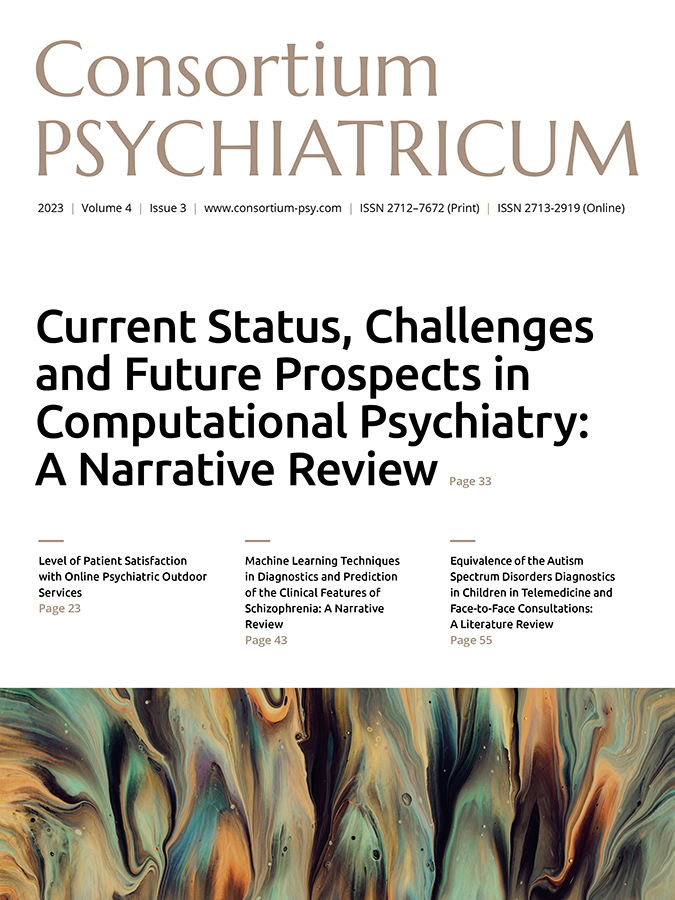
## A Recent Study Connects Dating Apps to Increased Risky Sexual Behaviors in College Students
As the global incidence of sexually transmitted infections (STIs) surges, an innovative study has shed light on how dating apps impact risky sexual practices among college students. Conducted by Dr. Jaquetta Reeves and her research team at the University of Texas at Arlington, the research indicates that college students using dating apps are more prone to engage in activities that elevate their risk of STIs, including having multiple sexual partners and irregular condom usage.
The results, published in the *Frontiers in Reproductive Health* journal, arrive at a time when cases of common STIs in the United States have reached concerning levels. For instance, syphilis cases have exploded by 400% since 2000, as per public health data.
## Dating Apps and Risky Behavior
“Our findings demonstrate that the usage of dating apps among college students correlates with increased instances of unprotected sex and a greater number of sexual partners, thereby heightening the risk of STI and HIV spread,” articulated Dr. Reeves.
The study involved surveying 122 college students aged 19 to 35 in northern Texas using anonymous online questionnaires. The researchers discovered that students who engaged with dating apps were **2.2 times more likely to have multiple sexual partners** than those who did not use the apps. Moreover, app users were *1.4 times more likely* to report engaging in sexual activity while consuming alcohol, a situation that might further jeopardize safe sex practices through impaired decision-making.
## A Nuanced Connection
The interplay between dating apps and risky sexual conduct is intricate. Although these apps provide convenient access to sexual partners, it remains uncertain whether they directly contribute to riskier behaviors or if individuals predisposed to such behaviors are simply more inclined to use them.
Dr. Reeves describes, “The relationship between risky sexual behaviors and dating app usage likely functions in both directions. These platforms simplify the search for casual partners, which can promote risky behaviors like inconsistent condom use. Conversely, those already participating in risky behaviors might seek out dating apps for partners who engage in similar practices.”
The study further revealed that students initiating sexual activity between ages 16 and 19 were **1.5 times more likely to utilize dating apps** than those who became sexually active at an older age. Notably, while dating app users display more risky behaviors, they were also **1.8 times more likely** to pursue STI screenings at campus healthcare facilities, indicating potentially heightened awareness or concern regarding sexual health.
## Breaking the Cycle
Given the link between dating apps and risky sexual behaviors that contribute to escalating STI rates, the researchers stress the urgency of tackling this issue through focused interventions. Suggested strategies include:
– **Incorporating sexual health education** directly into dating apps to encourage safer sexual practices.
– **Advocating for safe sex through youth-oriented campaigns,** especially on social media platforms prominent among younger audiences.
– **Utilizing technology for reminders** about STI screenings and other sexual health practices, which could aid in reducing risks.
These measures are particularly critical in light of the rapid uptick in STI rates, especially within the young adult demographic. In the U.S., the occurrence of various STIs, such as syphilis, gonorrhea, and chlamydia, has soared over the past 20 years, highlighting the pressing need for public health initiatives aimed at curbing transmission among high-risk populations, including college students.
## Glossary
– **STI (Sexually Transmitted Infection):** Infections that are primarily transmitted through sexual contact, including chlamydia, gonorrhea, syphilis, and HIV.
– **Sexual health screening:** Medical assessments aimed at identifying infections like STIs and HIV to promote early intervention and treatment.
– **Risk behaviors:** Actions or choices that heighten the likelihood of negative health outcomes, like unprotected sex, substance abuse, and excessive alcohol consumption.
– **Intervention:** Targeted efforts aimed at addressing and enhancing specific health or societal challenges, such as STI prevention and educational initiatives.
## Test Your Knowledge
1. How much more likely were dating app users to have multiple sexual partners?
Dating app users were 2.2 times more likely to report having more than one sexual partner over the past year.
2. What age group showed higher likelihood of dating app use?
Those who had their first sexual encounter between ages 16-19 were 1.5 times more likely to use dating apps than those who started at 20 or later.
3. How much more likely were app users to seek STI screening?
App users were 1.8 times more likely to undergo HIV/STI screening at campus clinics.